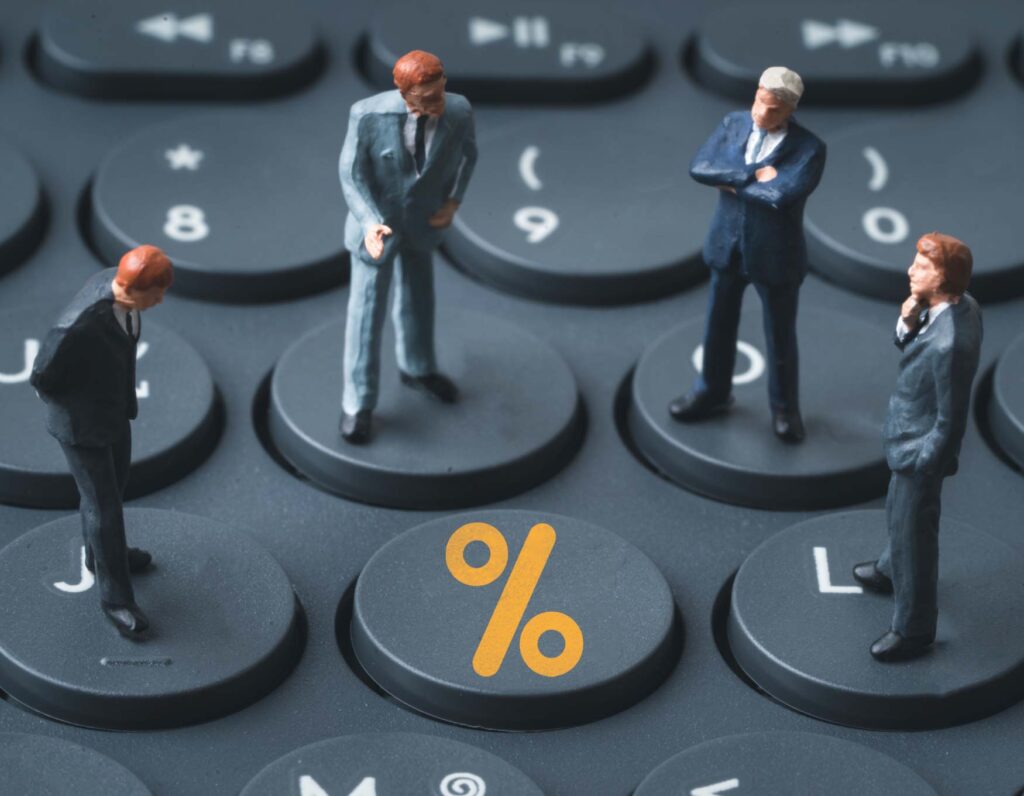Scan this article:
ETFs have become increasingly popular in recent years to become almost synonymous with all kinds of fund-like products. However, investors should be careful not to conflate them, with exchange-traded products (ETPs) representing a broad church of different investments.
For investors starting out in the market, it pays to know the difference.
What is an ETP?
An exchange-traded product, or ETP, is an umbrella term used for a variety of different investments that trade on a public exchange.
Popular exchange-traded funds (ETFs) for example are a type of ETP but an ETP isn’t necessarily an ETF.
Generally speaking however, ETPs have some common traits. Generally, they are easily bought and sold in a single transaction on a public exchange such as the ASX or the New York Stock Exchange (NYSE) and are typically low-cost.
These attributes, among others, have made ETPs very popular among investors of all stripes.
What is an ETF?
ETFs are the best known form of ETPs and do exactly what they say on the tin.
They are funds that – much like a stock – are traded via public exchanges such as the ASX. This means they can be bought or sold at any time the market is open and you can see at what price people are buying or selling them at.
ETFs typically hold a bucket of companies filtered by a certain theme or criteria, whether that is the largest 100 public companies on a stock exchange or a select group of large cybersecurity stocks. In this sense, they can provide some instant diversification for new investors.
But as their popularity has swelled, so has the number of ETPs that are available.
The different types of ETPs
Index funds
When a fund tracks a specific subset of the market such as the ASX 200 – containing the 200 largest Australian-listed companies by market cap – they are also known as index funds.
As a company’s fortune rises or falls it can enter or exit an index fund or come to represent a larger slice of it. Other than that however, there’s no reshuffling of a fund’s holdings with the fund’s intent to passively reflect the index itself.
Active ETFs
Actively managed ETFs (sometimes referred to as ETMFs) on the other hand are overseen by investment managers who try to optimise their investment returns and ‘beat the market’. As a result, these often carry higher management fees and sometimes higher risk.
Geared ETPs
Geared products on the other hand don’t try to replicate an asset’s returns but rather magnify it. Through borrowing, the fund increases its exposure and tries to multiply the underlying return by a factor of two or three for example. Equally, it will also multiply any potential losses.
Just as with any investment, the greater potential reward corresponds to the greater risks inherent to this type of ETP. Investors should be especially careful with these products, given their volatility and their downside risks.
Inverse ETPs
Just as conventional ETFs can be used to track an index, an inverse fund can be used to bet against one – or a specific investment. Gaining popularity in 2020 as the pandemic introduced a degree of uncertainty to the market, these ETPs produce a positive return when the corresponding investment produces a negative one and vice-versa.
In other words, investors can use them to bet against a market or company. However, they are often used as a means of short-term speculation rather than as part of a long-term investment strategy.
Structured or synthetic ETPs
Unless otherwise stated, ETFs typically own the assets they seek to track. For example, an ASX 200 index fund will generally own shares in each of the top 200 Australian companies.
However, there are other products known as structured or synthetic ETPs or ETFs where the fund doesn’t actually own the asset itself.
These instead trade derivatives or price contracts. These are commonly used by commodity ETFs where it would be expensive and burdensome to have to transport and store a physical asset like gold every time the fund trades it.
Instead a synthetic ETF makes a trade based upon the price of the asset to produce a return. These types of ETPs tend to carry additional risks as a result.
Always understand your investment
As the list above demonstrates, there are many types of ETPs available on the market with more and more added each year. While products like ETFs have proven popular with many investors, some of those available are riskier than others. It’s crucial then that investors understand exactly what they are buying before they invest in it.
Read More

Become a part of
our investor community
Why you should join us:
- Join free and invest with no monthly account fees.
- Fund your account in real time with PayID.
- Get investing with brokerage from $2. Other fees may apply for U.S. shares.
Read our latest articles
Make knowledge your superpower and up your skills and know-how with our news, educational tools and resources.












